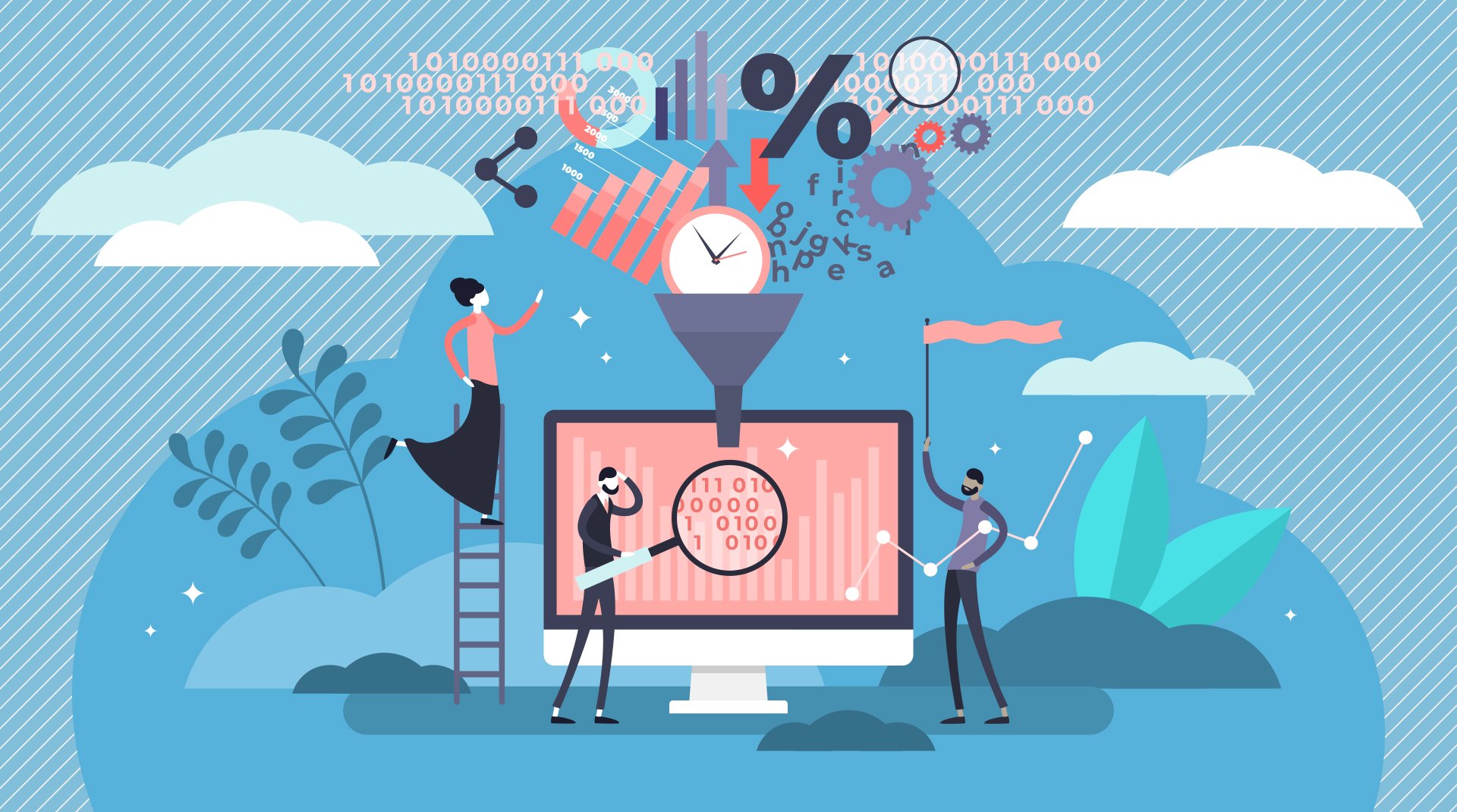Can You Depend On Zero-Party Data?
In the world of personalized marketing and data tracking, trouble’s afoot.
Cookies are crumbling. User tracking restrictions continue to get more restrictive. Third-party data access is on its way to being entirely inaccessible.
As a result, we’ve heard the buzzword of the year, “zero-party data,” ad nauseam, so it might be time to dig into whether it could have value for you and your brand.
A Quick Definition
Zero-party data is just that; any data that is not collected by a “party” as it relates to businesses or advertisers. It refers to information that a customer intentionally shares with companies. This information could include their purchase interests or their preferences for how they want brands to communicate with them.
Zero-party data certainly can enable more personalized experiences and more meaningful communication with your customers, and amid present-day tracking limitations that’s pretty appealing. We know that third-party and second-party data have constraints; the cookie is dying a slow death and, someday in the not-too-distant future, it’ll be old news.
What’s the Long-Term Trend Looking Like?
Consumers aren’t exactly rushing to opt in to being tracked by sites and apps, either. (Case in point: iOS tracking opt-in rates are extremely low and still declining.) These trends have prompted a shift to first-party data, which is wide-ranging, from site registrations to self-reported information when signing up for apps. First-party data is great, because it creates a direct path to your most valuable customers and allows better experiences for those customers. So, if customers provide this same type of data to you intentionally (i.e., zero-party data), it feels like a bonus, as you’re crossing absolutely zero privacy lines in collecting that data.
So How Do You Obtain (and Use) Zero-Party Data?
The first and absolutely most critical step is to build trust. Listen to your customers, hear them, respond to them and over-deliver for them in every way. Ideally, they’ll get to a point of trust in your brand at which they have no problem providing information to you, such as their interests and preferences, which can be extremely valuable when it comes to personalizing experiences for them.
For example, your owned media efforts can be dramatically shaped by these customer preferences. If customers visiting your website prefer to see the latest products, consider placing a banner highlighting them at the top of your homepage. Maybe they want to know more about your environmental efforts, so perhaps your sustainability statements could be front and center. Zero-party data creates an opportunity to further cater to your audience’s needs without guesswork.
Be Prepared to Act
It’s crucial to act on the data, too. In contrast to third-party data, which is used in an almost backward-looking way (e.g., targeting digital ads based on previous experiences, behaviors or transactions), zero-party data equates to real-time insight into your customers’ inclinations. That means you’ll need to be prepared to respond promptly. If you find that your customers prefer email updates about very specific types of offers or details on particular products and services, be ready to deliver on those needs immediately.
Additionally, acting on zero-party data is not a one-and-done interaction. It’s best used for ongoing communication efforts to keep strengthening your relationship with your customers. Their needs are constantly evolving. Maybe they’re planning to move, or change jobs, or have children, or landscape their yard this year—depending on their situation or life stage, your messaging and customer experience approach may vary drastically from person to person.
Simplicity Rules
Regardless of how or where the data is collected—through a customer portal on your website, on your mobile app or elsewhere—keep it simple. Yes, the whole point of zero-party data collection is to gain deep insights into customer behaviors, but time is precious to everyone. The more succinct your information forms are, the better your chances that customers will fill them out. This is also why it’s a good idea to constantly refresh the data. You can focus on different information (marital status, number of children, hobbies and interests, etc.) every couple of months, for example, to keep learning and improving the overall experience.
What’s Old Might Be New, but That Doesn’t Mean It’s Tired
In many ways, zero-party data isn’t a new concept, and perhaps it’s overblown, but there’s no question that it can provide a clear picture of your customers and how to best deliver the experiences they desire. Always remember, zero-party data doesn’t work in a silo. It’s strongest as an extension of your ongoing customer experience efforts, and there are many other data collection methods that are more suitable for brand awareness, audience engagement and customer acquisition. Zero-party data is all about keeping customers happy and loyal, and ultimately, making them brand advocates.
For more information, contact Mike Pocci at 330-472-9774 or mpocci@teamaftermath.com.


